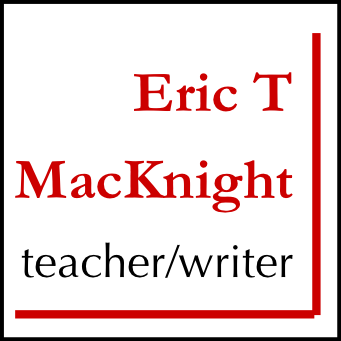After reading chapter 5 of Outsmart Your Brain, Willingham, I was left in complete awe. This was probably one of the most interesting chapters I have read this year, and this is because the book not only gives great tips on studying, but also erases a barrier between the reader and the author, making the experience unique, as if you are in an actual conversation with a person.
Willingham first makes you read a short little paragraph which does not grab your attention at first, but that’s until he explains that: “Readers are very likely to notice a word they don’t know. They are also very likely to notice if the grammar of a sentence is wrong. But they are much less likely to notice when two sentences contradict each other.” After this, you are left in a small shock by the fact that you ( or should I say, your brain ) totally fell for the trick, and you definitely never paid enough attention to notice the contradiction in the paragraph.
Another important point that the book makes is about a very famous way of studying and taking notes: highlighting. Willingham makes it very clear how many people never learn from “just reading and highlighting” or they miss the concepts that were, for example, accurate to the test they had to take later on. This happens because they don’t highlight the important information. This happens because we simply have different “important information” that helps us learn, which is personal to everyone.
He even writes about the research that was conducted with the aim to find out if people will highlight the same things in the same copies of one textbook. Logically, everyone should have the same things highlighted. The results were misleading. Researchers found little to no overlap in what the students highlighted.
This does not mean that we should never use this method when studying, but it is highly recommended to only use material that you are highly familiar with, where the general information is clear. Not in new units or subjects that you are just beginning to learn. “Highlighting might be fine if you are reading about a topic you already know a lot about”
How to actually intake the information properly? Well, by the end of this chapter, I can say that I will definitely stick to the SQ3R method, that is simply: Survey, Question, Read, Recite and Review
Previously, I have used something similar to this method, which was mostly concentrated on recalling the text, and seeing how much I could recite after I read the whole thing. But the SQ3R method is not only used for comprehension, it also helps students remember the overall concept better, by connecting the new information to other observations they have made and thought about.
This method does not allow the reader to “just read along” but forces our brain to contribute to the learning process and take mental notes and make connections as you proceed.

